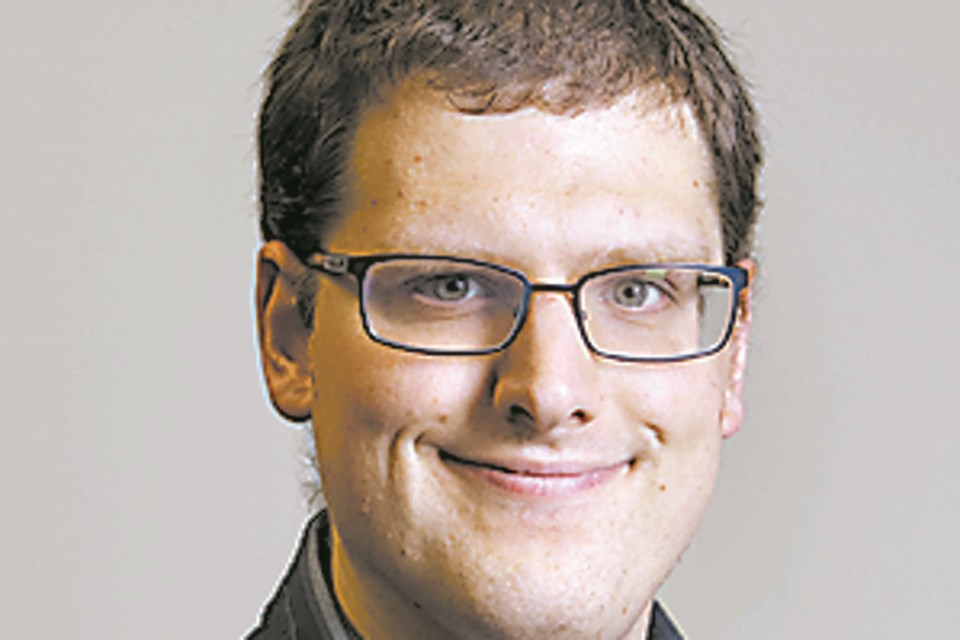Many Canadian health-care providers are at the end of their rope. Doctors and nurses are reporting extremely high stress levels and burnout due to the COVID-19 pandemic.
The long hours and anxiety caused by the rise of COVID cases would be bad enough on its own, but doctors and nurses have another source of stress. They’re constantly facing mobs of anti-vaccination thugs threatening them at protests — not just outside hospitals, but in some cases even outside the homes of leading public health officials in Nova Scotia and Saskatchewan. In central B.C., there were even reports in September of anti-vaccination protestors barging into schools to threaten students and staff who were getting their shots.
Incidents such as these show why, unfortunately, we need some kind of police and security presence. Several provinces are considering making schools and hospitals "no-go zones" that are off-limits to anti-vaccination protesters. But who will protect the people who use these facilities from protesters’ harassment and threats? Similarly, protesting at peoples’ private homes should be off-limits, but again, someone would need to actually enforce such a ban.
Some will point to actions where police forces have been rightly condemned for shooting and harassing innocent citizens, notably Indigenous people or people of colour. Those incidents deserve all the fury and criticism they have received. But what kind of security or protective force is the alternative? Who is supposed to deal with violent threats such as those posed by some anti-vaccination protesters? Or the insurrectionists who tried to storm the U.S. Congress at the start of the year? Yes, the leaders of the Capitol Police who bungled their response to the insurrectionists deserve to be fired, but it doesn’t change the fact that a response of some kind was warranted.
Police forces in Canada and the U.S. have been widely condemned for their disproportionate response to black or Indigenous protesters while handling white protesters and insurrectionists with kid gloves.
When white army reservist Corey Hurren gate-crashed Rideau Hall while armed to the teeth to threaten Justin Trudeau, some people in the comments sections of news articles hoped the justice system would go easy on him because of everything he has been through.
At the time, I wondered if they would be saying the same thing about any Indigenous person in the same situation. Somehow, I doubt it.
Society needs a protective force, but it’s too often directed at the wrong people and causes. Instead of focusing on marginalized populations whose protests are typically peaceful, police and security forces are better focused on those who are actively harassing health-care workers, school kids, and public officials.
While free assembly is a legal right in Canada, Section 1 of the Charter of Rights limits those rights to reasonable limits to be justified in a free and democratic society.
I’m not a lawyer, but I’m pretty sure stopping people from threatening hospitals, schools, and private homes would all count as reasonable limits.
Jared Milne is a St. Albert resident with a passion for Canadian history and politics.


